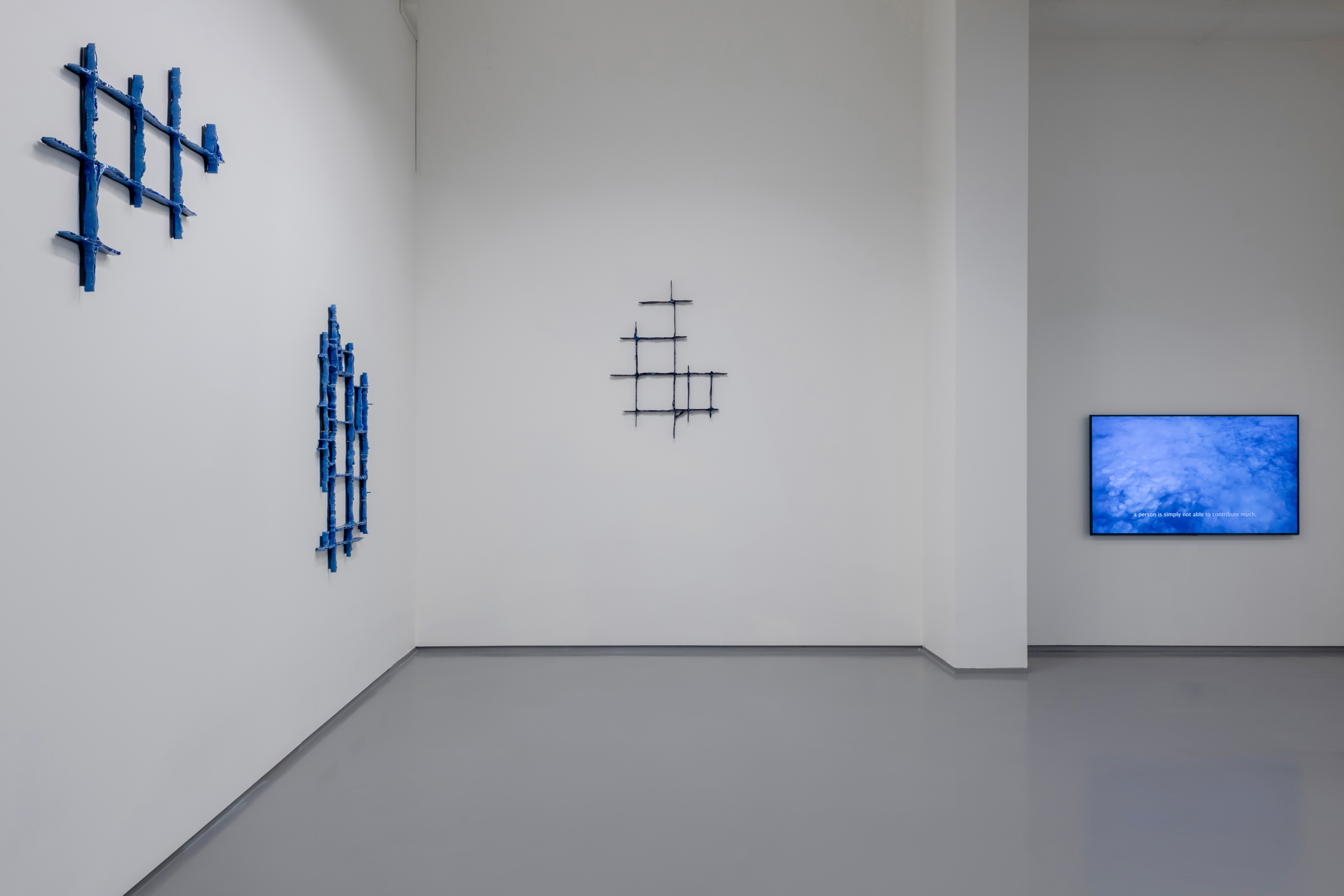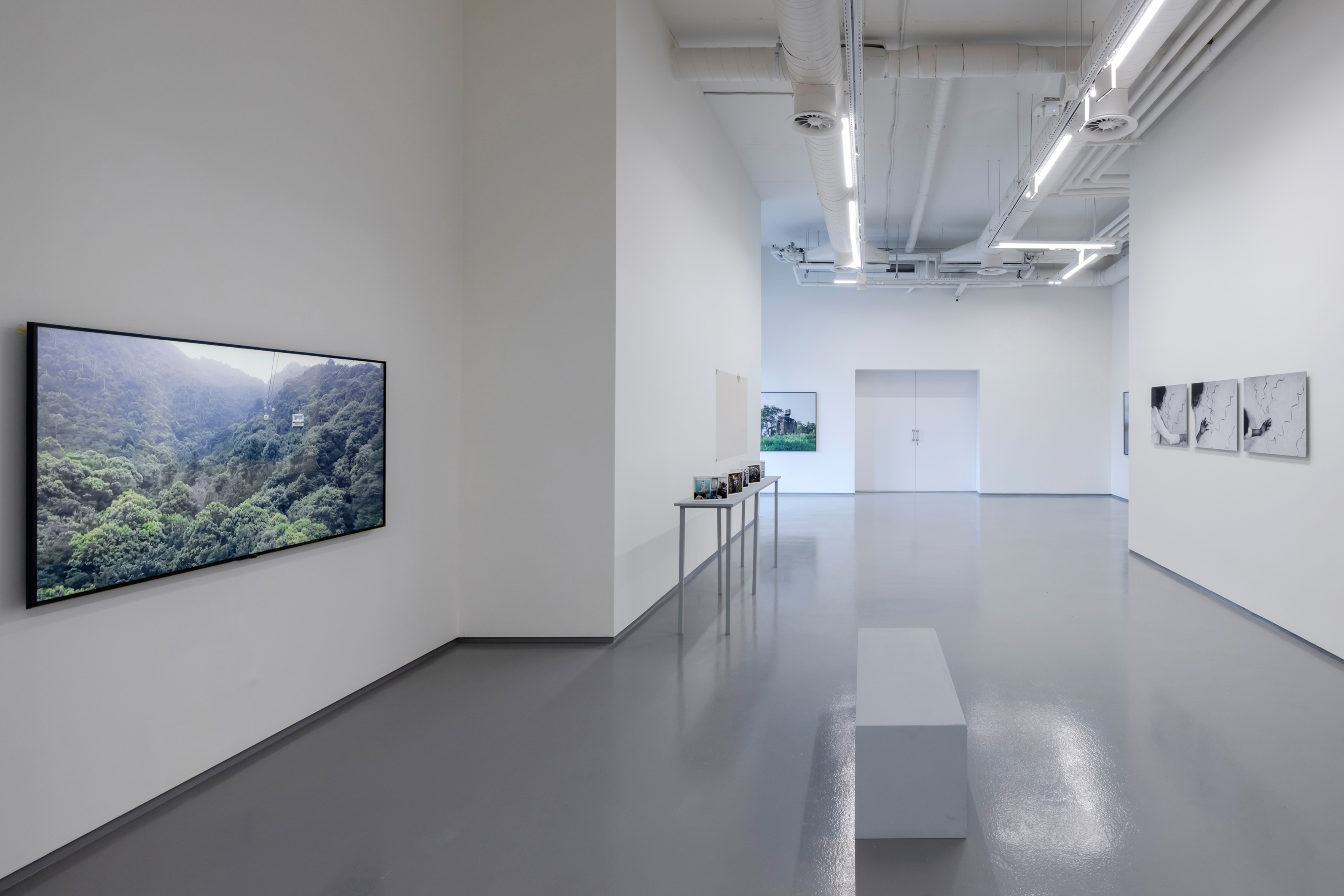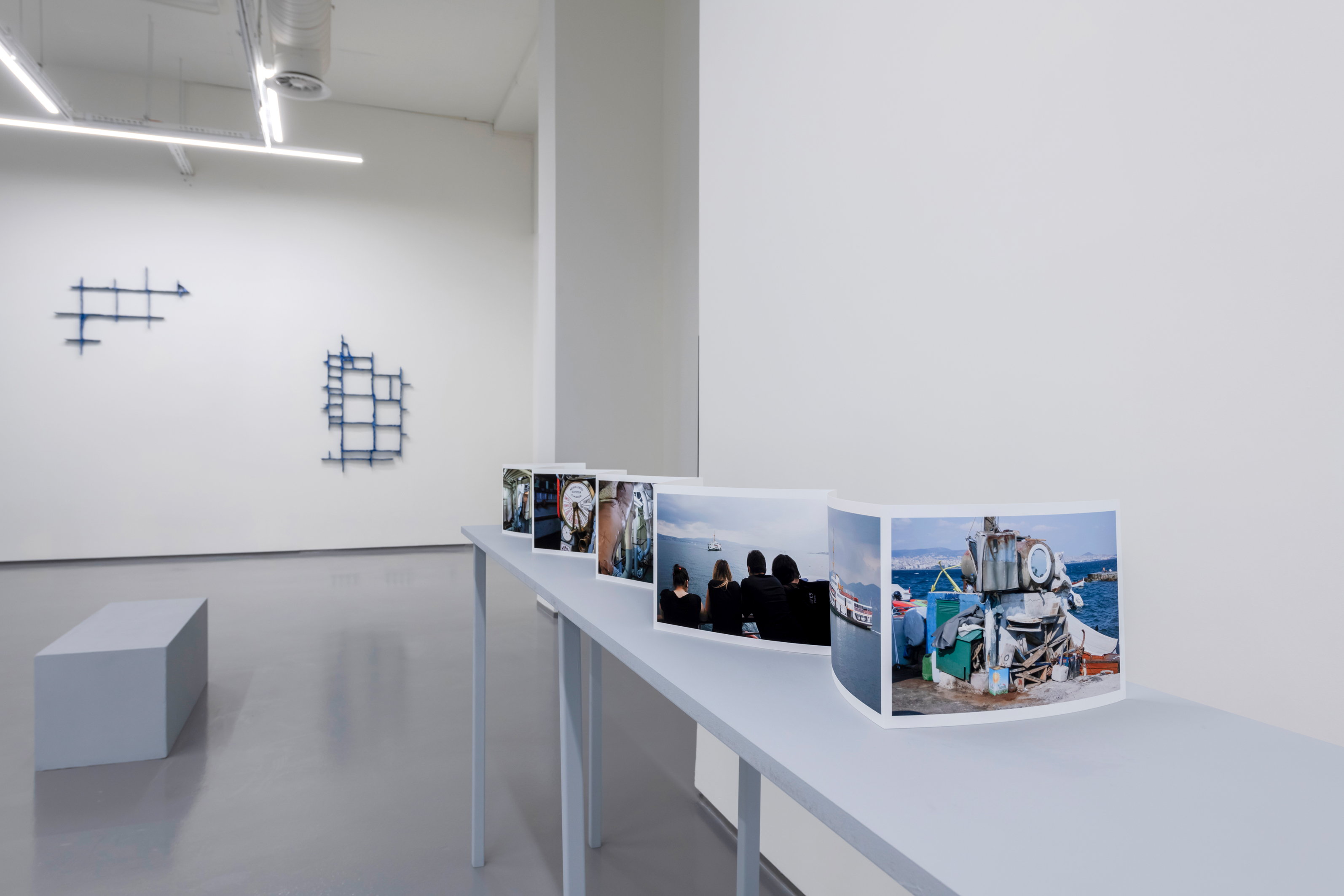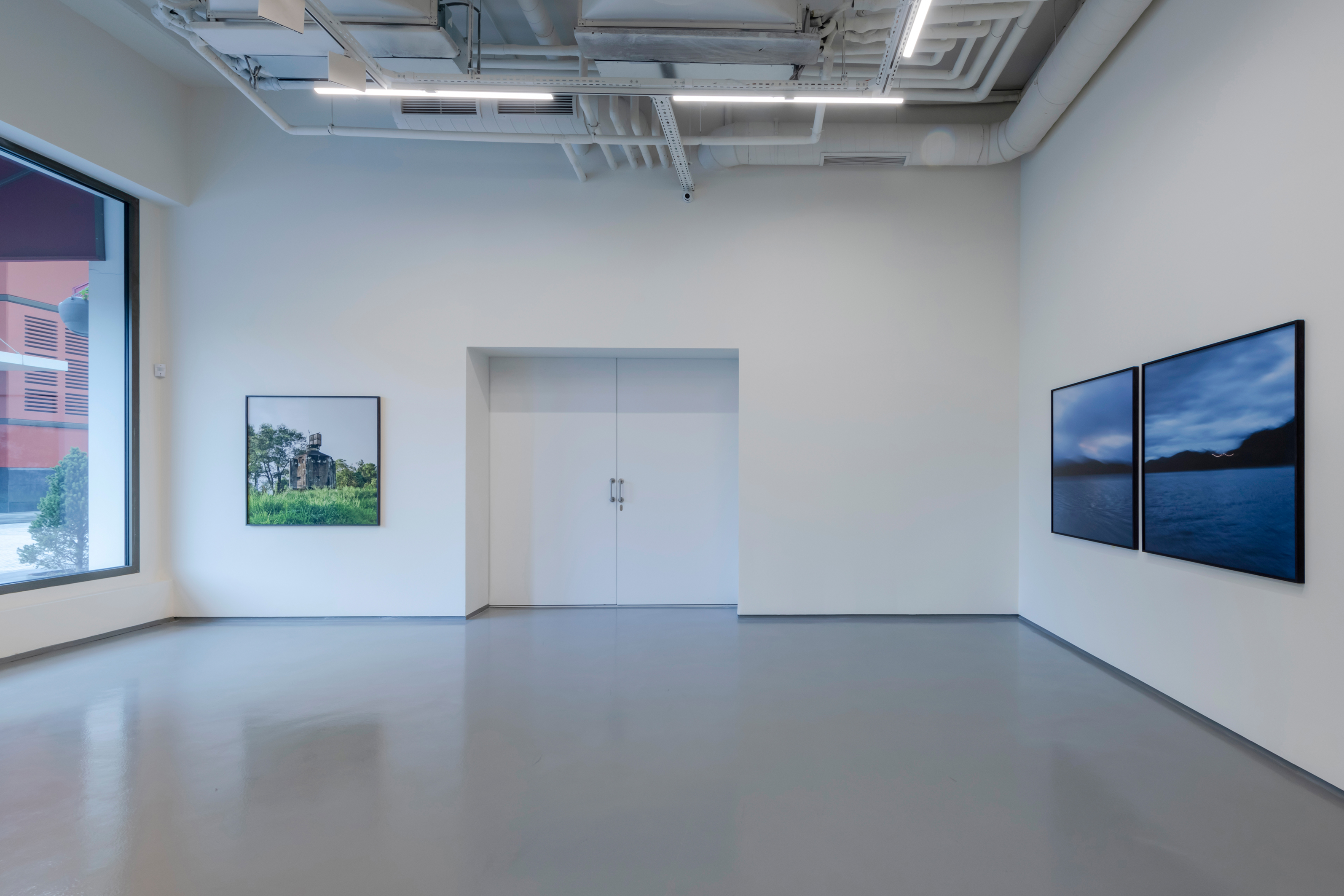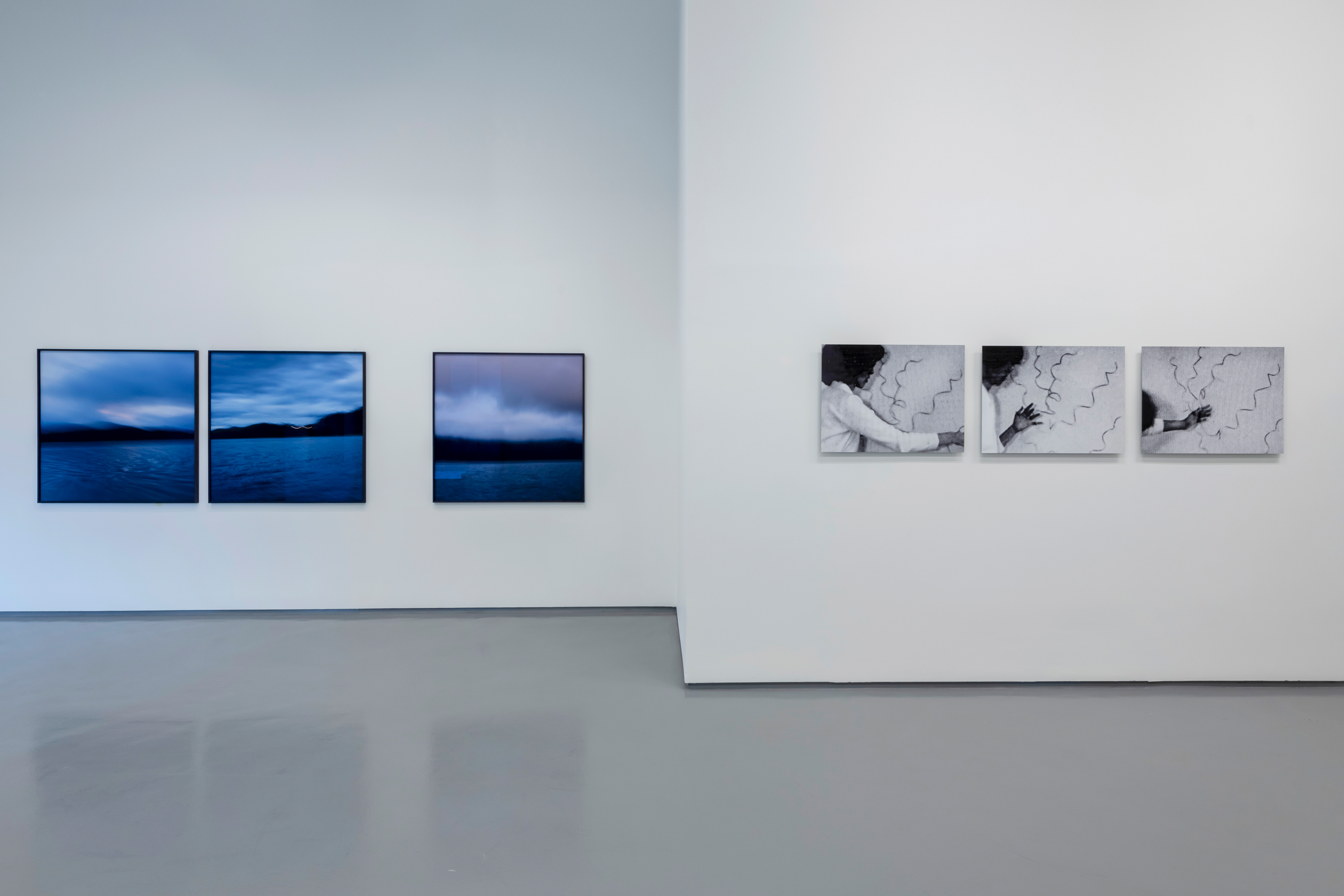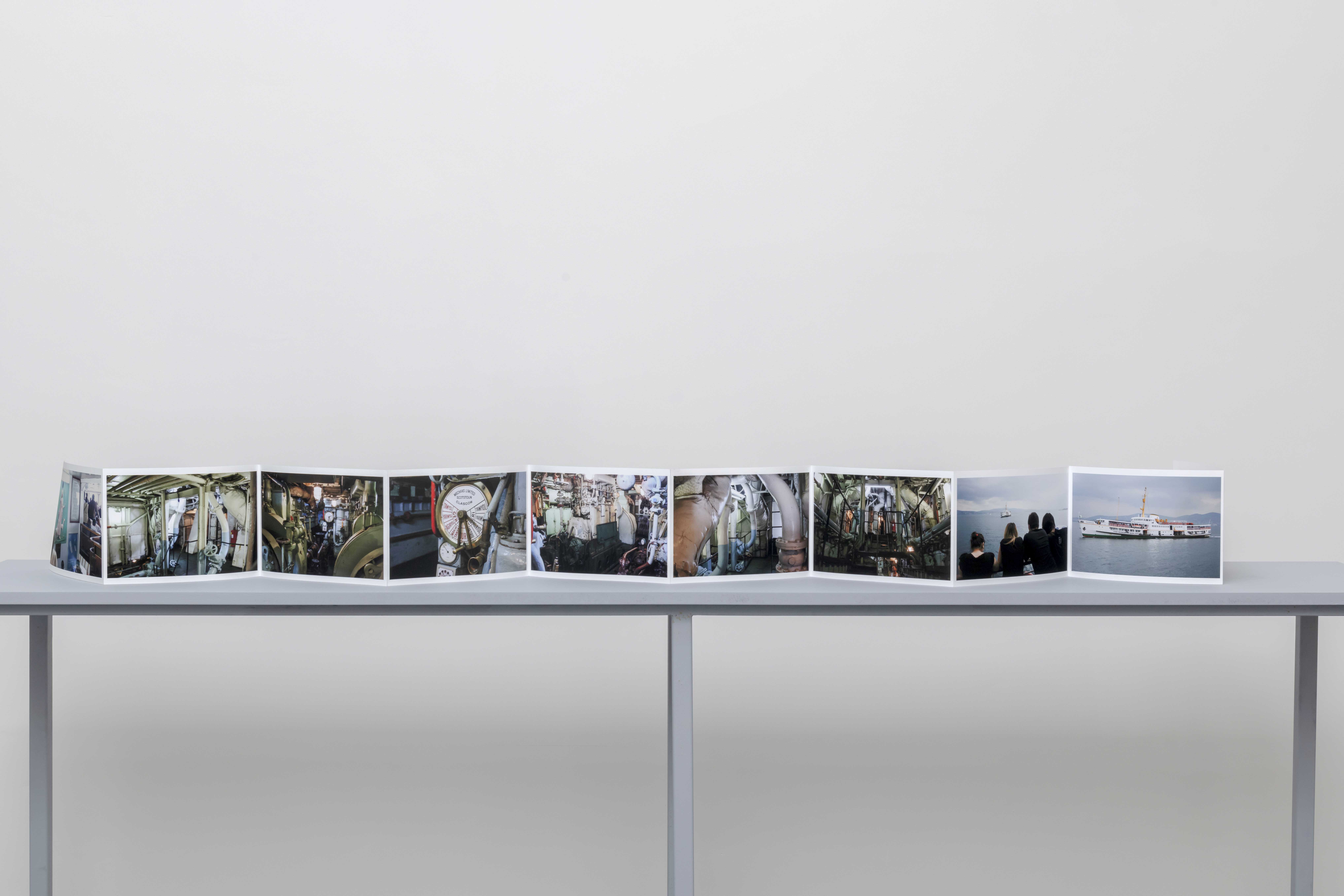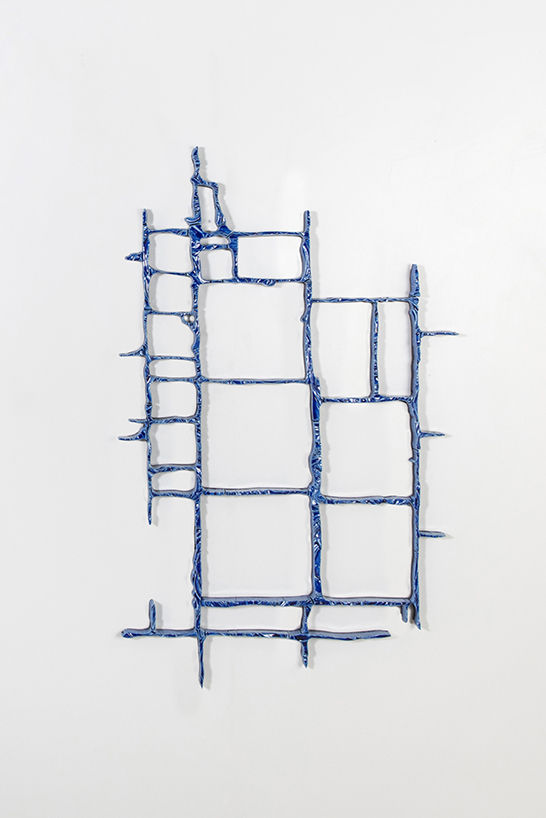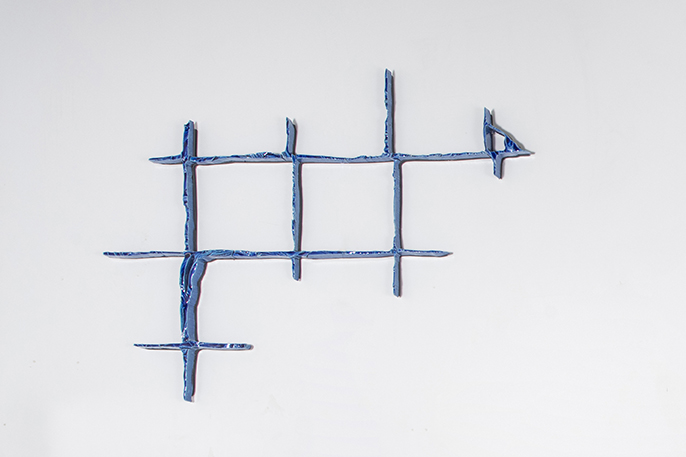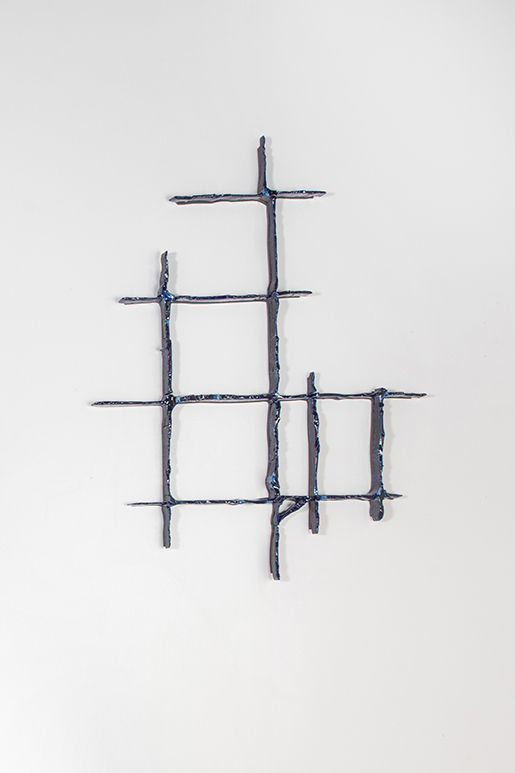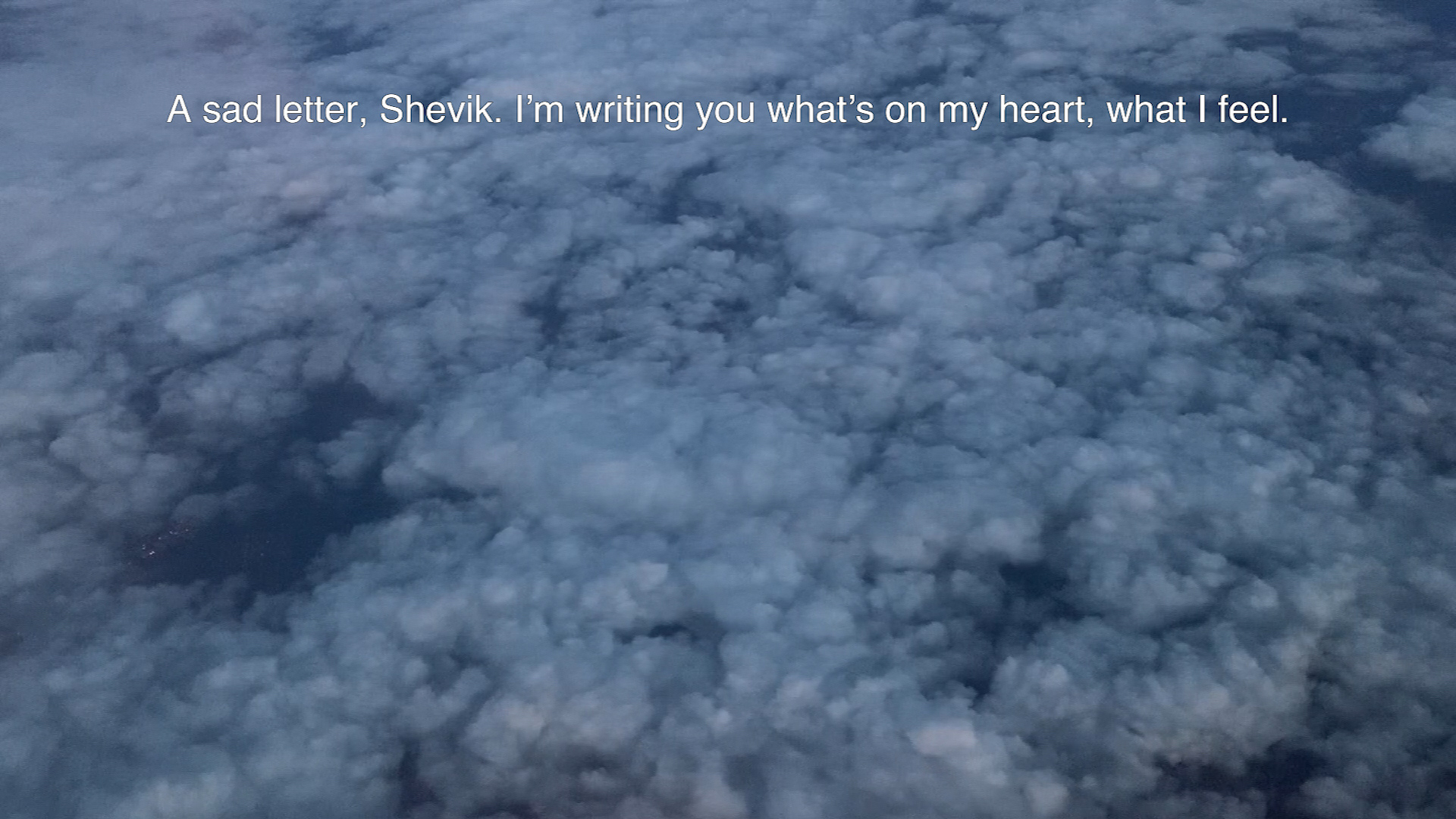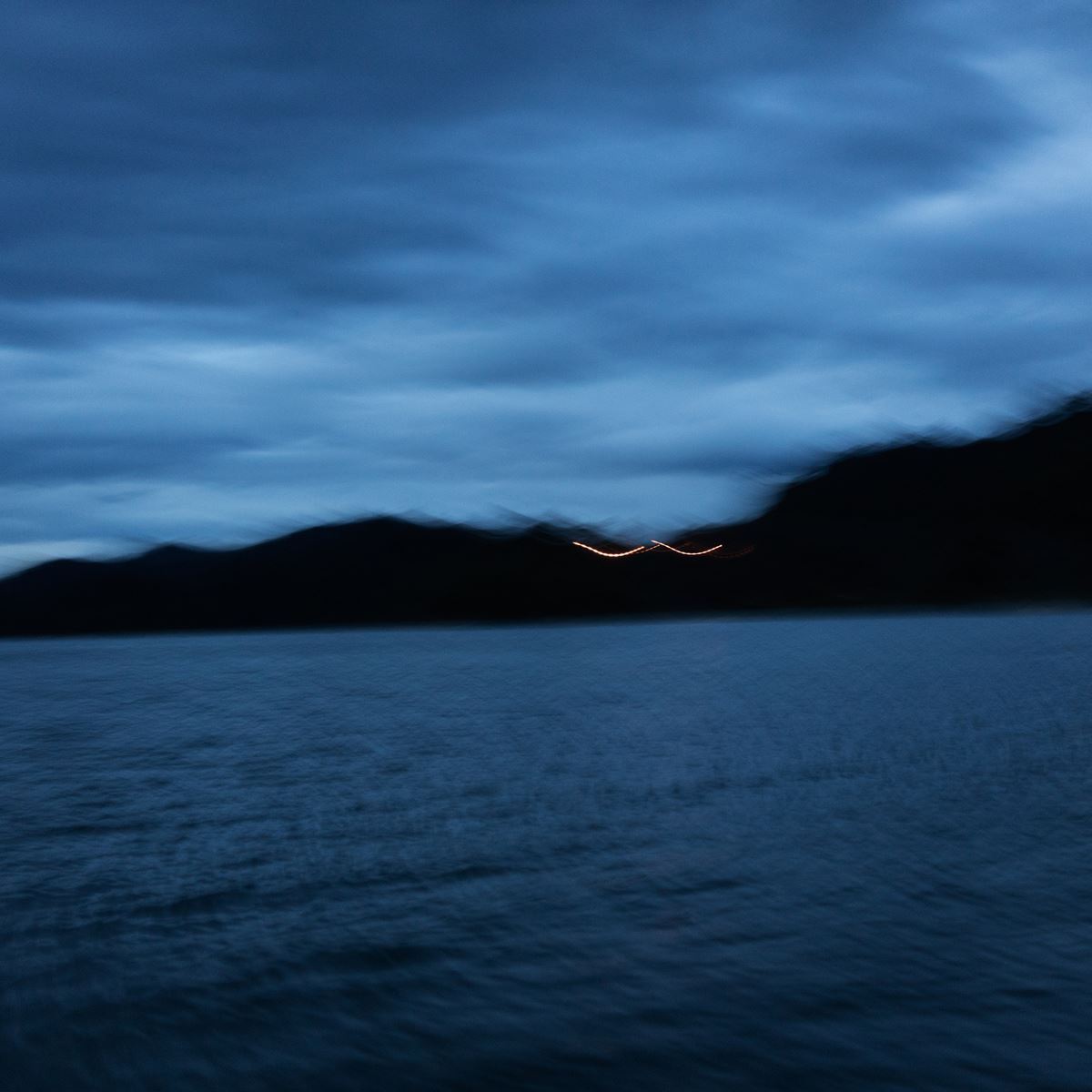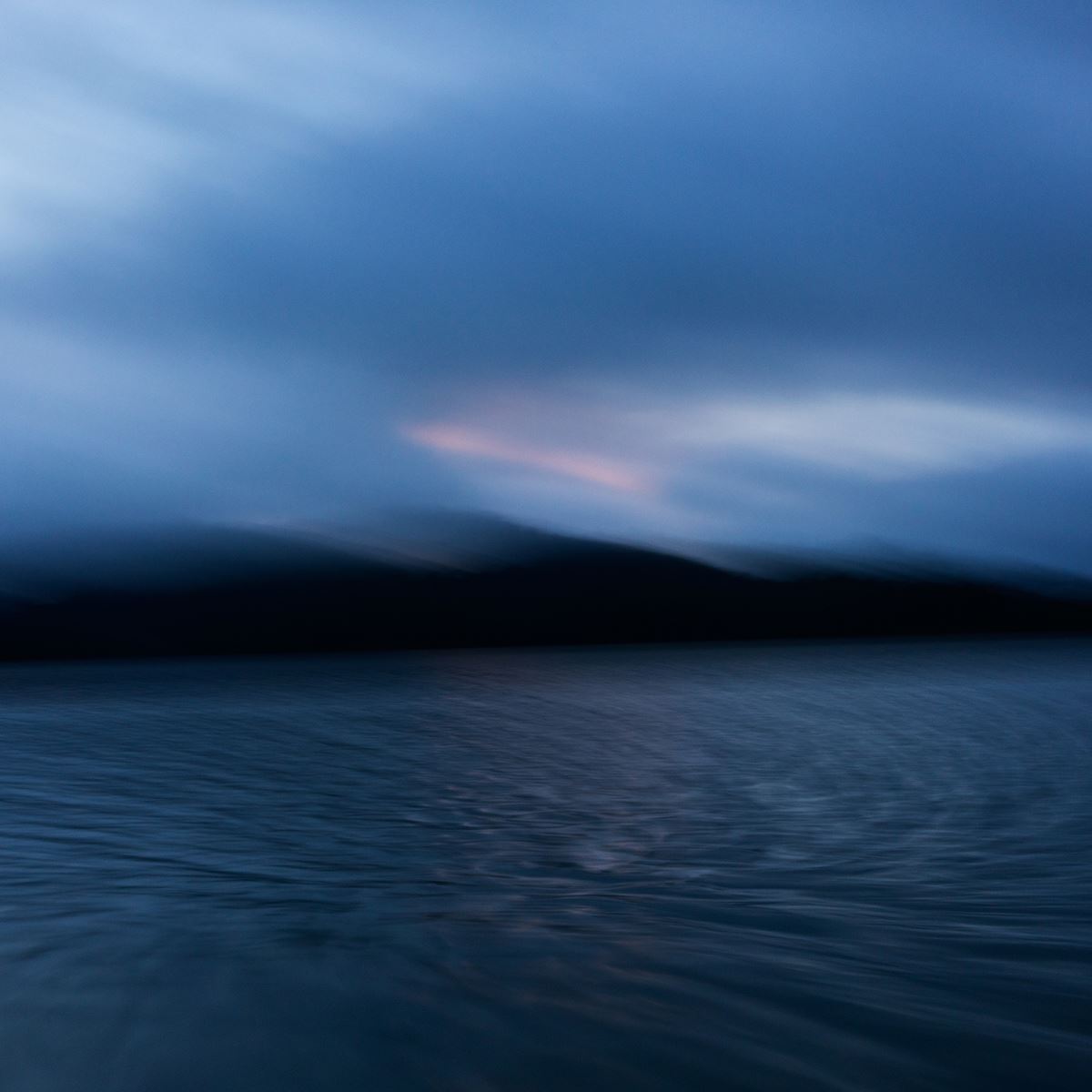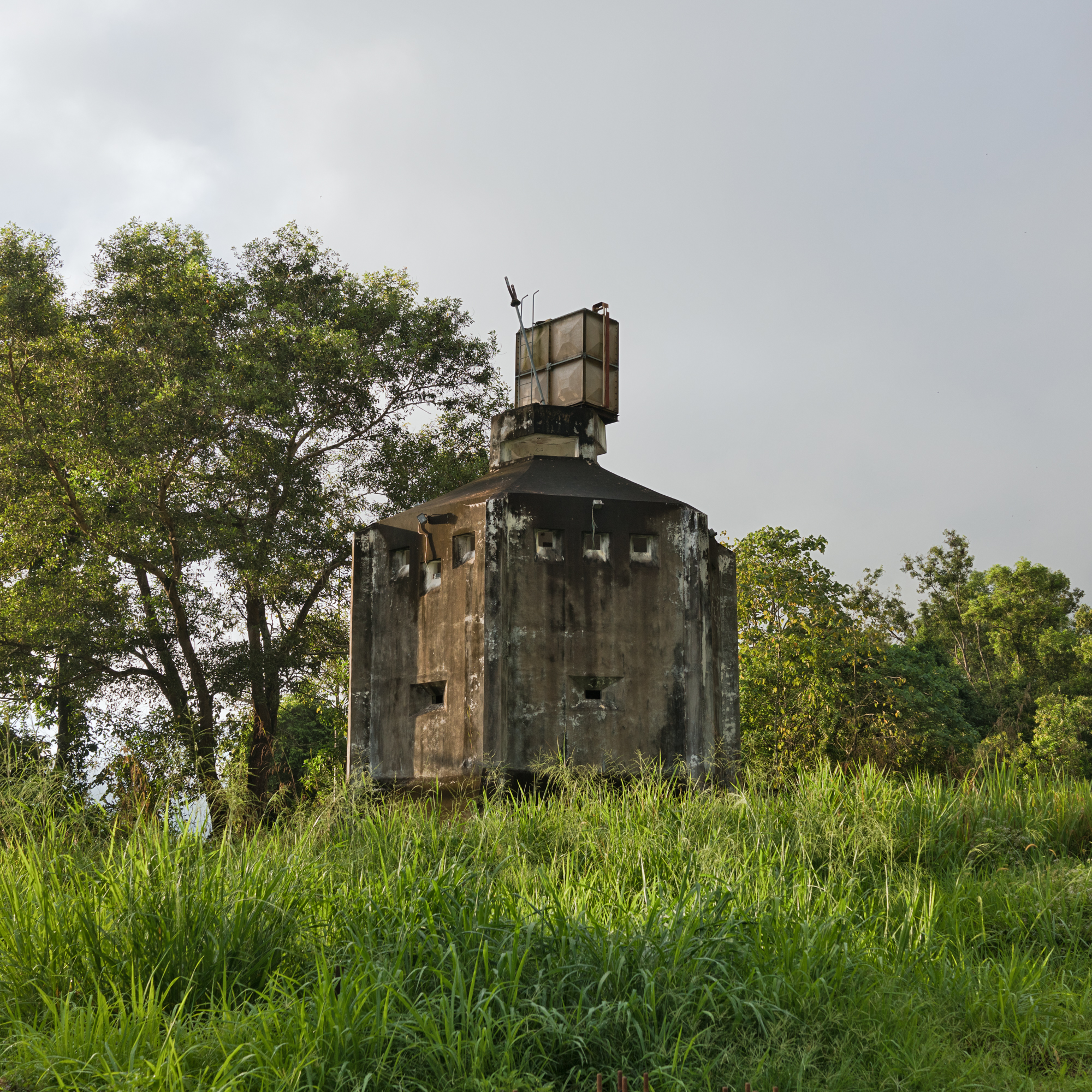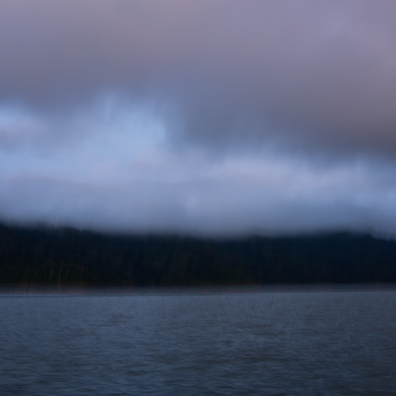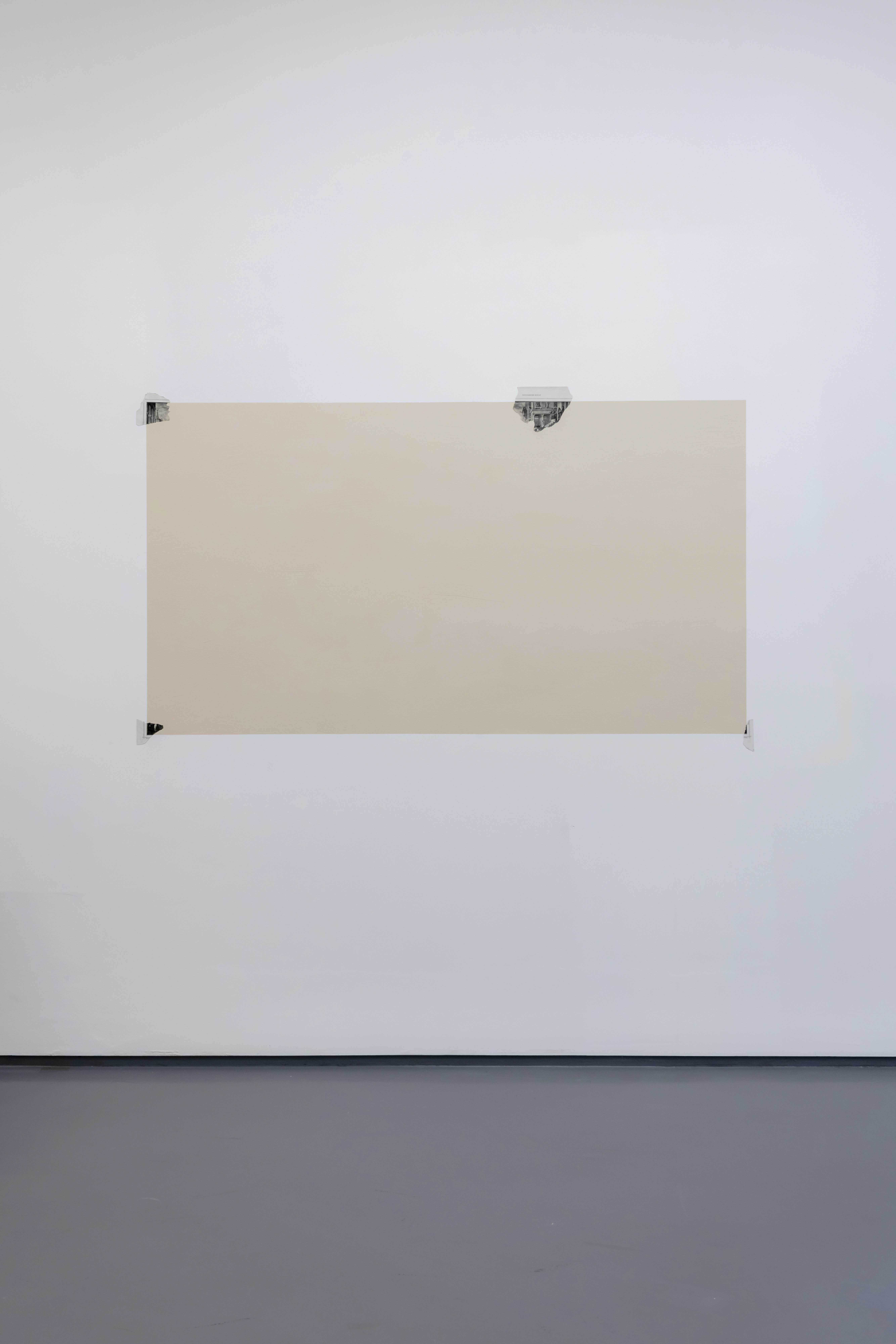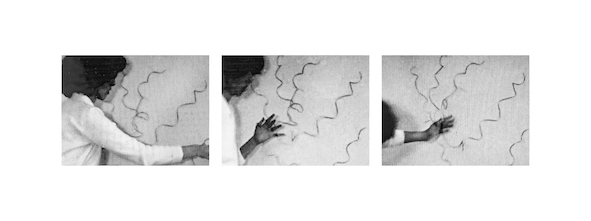Pressemitteilung - That Pause of Space
01/03/2022 - 30/04/2022
Zilberman Selected | Istanbul is delighted to announce the group exhibition That Pause of Space with works by Burçak Bingöl, Antonio Cosentino, Itamar Gov, Zeynep Kayan, Sim Chi Yin, Simon Wachsmuth, and curated by Lotte Laub.
Following the death of her father in 1874, Emily Dickinson replied to her mentor Thomas Wentworth Higginson, who had expressed his condolences by means of an elegy in a letter to her, with the words: “Your beautiful Hymn, was it not prophetic? It has assisted that Pause of Space which I call ‘Father’ – ” A century later, Roland Barthes wrote about his deceased mother in a similar fashion: “What separates me from maman […] is the density […] of the time when, since her death, I have been able to live without her.”
“Grief work” to overcome sorrow causes the person being mourned to disappear. This person can remain present, but only if the gap that she or he has left in space and time is kept open, if it is not covered over with language. Only silent attention evokes their absence. Consoling is seen as disloyal to them. In this lies a resistant thought, one that also characterises the works in the exhibition That Pause of Space: not resigning oneself to, or reconciling oneself with, the fact that something is lost but instead making what is lost, the gap in space and time, perceptible, so that, by being brought into the present, the past is given a constructive role in the future.
Burçak Bingöl’s wall reliefs consist of gaps kept together through a grid structure. Like the grouts between tiles, it encloses quadrangles that are empty on the inside. What isn’t there engages the observer’s imagination, what is absent is imagined; memory offers up tiled walls of the kind associated with palatial architectures. In this way, Bingöl has reproduced, in a fragmented form, sections of a wall in a room in the Topkapı Palace. A sense of loss, dissolution of beauty and downfall of culture sets in, which in turn enhances the need for culture. The presence alone of binding material (the grouts) that is no longer binding anything is like a call to connect with the past. However, in a reversal of actual circumstances, the grouts have been cut from ceramic using waterjet technology, so from the material normally used for tiles. If tiles were the artwork in former times, grouts have now emancipated themselves from their auxiliary role.
Itamar Gov’s video Letters to Shevik brings together lines of text from letters written by Isaac Katz, the artist’s great-grandfather, to his deceased wife in which he tells her of his feelings of loneliness and at the same time his wish to be reunited with her in death. Major questions of human existence are embedded in descriptions of everyday events. By addressing her directly, by recalling happy memories together, for example a cableway ride on the Japanese island of Miyajima, his words gradually evoke her presence. Sound and image support the development of mental images. Quiet noises open up the space for remembrance, become wave sounds, but the lines of text continue to appear on a black background until a barely perceptible image of a moving cloud protrudes from the black as if spun by an aircraft, indistinct sounds still audible in the background. Light dissipates as the video progresses, like evening or the evening of life drawing in; the sound of a double bass rises and swells until image and sound break off, abruptly. The name of the letters’ author emerges on a black background but the video has not yet reached its end. A bright green mountainscape with a cableway appears in stark contrast to the black screen. Voices in their original sound can be heard. Similar to the way the great-grandfather called his absent wife to mind, the artist has brought his great-grandparents into the present as a pause in space. The memory of the Miyajima cableway ride that he himself has undertaken in memoriam connects him with his great-grandparents and through this he gives form to their absence.
Three photographs of video stills from Zeynep Kayan’s series one one two one two three show moments captured in black and white depicting different phases of a movement: loose twists of black thread can be seen on a wall, their arrangement changing slightly from image to image. The person shown in profile – the artist herself – is covering the lower section of the thread pattern with her extended right arm. In the second and third images, the right arm is no longer visible and the person’s upper body and head have receded further to the left while the left hand is now protruding increasingly into the picture, revealing that the upper ends of the threads are attached to the wall and the lower ends are coiled around the fingers of the artist’s left hand, so moving the hand alters the thread pattern. It is not possible to see if the threads are also attached to the artist’s right hand, in which case the toing and froing of her arms would alter their pattern rhythmically and yet with small variations – an image that brings to mind the Parcae who, in ancient mythology, weave the thread of life. The boundaries of the image section conceal phases of Kayan’s activity from the observer who can then only reconstruct the continuity of the movement from moments captured. In this way, Zeynep Kayan is providing a method for using memories to create a contemporary construct of reality: investigative intuition is needed to draw connecting lines and fill the gaps between stopping points in different times and spaces.
For the exhibition, Simon Wachsmuth has painted a precisely defined rectangle on the wall and attached pieces of torn paper to it. The monochrome colour surface is reminiscent of a painting ground, the brush stroke is visible. The colour has been applied directly onto the wall in a way that evokes historical frescoes, or their imperfections touched up with mortar. The paper fragments are parts of reproductions of old master paintings, found remnants from the archives of an art history institute. Once placed on the colour field, the fragments frame it, suggesting the reconstruction of the original paintings format. Wachsmuth has been exploring the relationship between material traces and the museological (re)constructions of history. The missing sections allude to the fact that the aspect ratios of the original are not immediately comprehensible - thus a portrait format can change into a landscape format, a monumental work can be reduced to a miniature. But it is more than just the picture format that is scrutinised by this form of appropriation: the marginal differentiation in the layering of elements such as base, colour and paper underscores this work’s minimal plasticity and thus points to the relationship between place, material, history and perception.
Antonio Cosentino has been collecting an on-going archive of photographs from Istanbul neighbourhoods since 1996. He calls it “Istanbul Atlas”. Cosentino walks the city taking photographs, like Francis Alÿs said of his own walks in Mexico City: “Walking, in particular drifting, or strolling, is already – within the speed culture of our time – a kind of resistance.” At the end of the 1950s, Guy Debord, a leading figure of the Situationist Internationale, developed a “Theory of the Dérive”, “a method of subversive walking in public space, an instrument for reconquering the city as an experiential space, a means of resistance against the alienation and functionalisation of the urban system.” The exhibition shows photographs in a leporello that takes the observer on a journey through a neighbourhood, a ferry moving from one side to the other and back again, to the European and Asian part. It creates connection, transmission, communication. Also shown is a picture of a machine operator in the belly of a ship, a voice pipe connecting him with the world on deck. It is social inequalities that are being highlighted here. The man working in the underworld is reminiscent of Charon, the ferryman who transported the souls of the deceased to Hades. The ferries are at the heart of the city – as regards space and time. The development of a city that continues to expand immeasurably today began here. The focusing on the ferries, their function and their metaphoric significance is a sign of resistance against the history of the proliferation of urban development being forgotten.
Sim Chi Yin’s photographs build on her work One Day We’ll Understand in which the artist examines the colonial and postcolonial histories and historiographies of the guerrilla war in British Malaya, euphemistically termed the “Malayan Emergency” by the British colonial power. This war, which began in 1948, formally ended in 1960; however, communists fighters continued their struggle, this time against the Malaysian government, in the second phase of the insurgency from 1968–1989. Sim’s starting point is the history of her paternal grandfather, a journalist and left-wing intellectual. As with over 30,000 other leftists and sympathisers, he was imprisoned by the British and deported to China, where he was later executed by the nationalist Kuomintang government. Sim Chi Yin has made landscape photographs of sites of memory of this war around present-day Malaysia and southern Thailand. The Malaysian government would flood the jungle to limit the movements of communist insurgents; and the later construction of the Temenggor Dam in 1978 not only served power generation but also to hinder the arrival of communist reinforcements from the north. Against this background, Sim Chi Yin’s photographs of dark water – quiet or swirling, sometimes in sharp focus, sometimes blurred – take on metaphorical significance. A rotting watchtower overgrown with moss also evokes memories of war that serve to warn against the recurrence of an unresolved past. The dam now hides the flooding that preceded it; the time elapsed since then seals against inundation through memory. A nature park has now been laid out there, a tourist attraction. But in her photographs, Sim Chi Yin gives an idea of what is hidden beneath the surface; she acts against repression, creates space for the return of memory.
The works presented in the exhibition That Pause of Space not only show each artist’s personal way of seeing the past: the present-ness of the past against attempts to repress or dispose of it is also brought into play, and a space kept free for the physical absence of those who have died.
Artist Pages
- Sim Chi Yin
- Itamar Gov
- Zeynep Kayan
- Simon Wachsmuth
- Burçak Bingöl
- Antonio Cosentino



